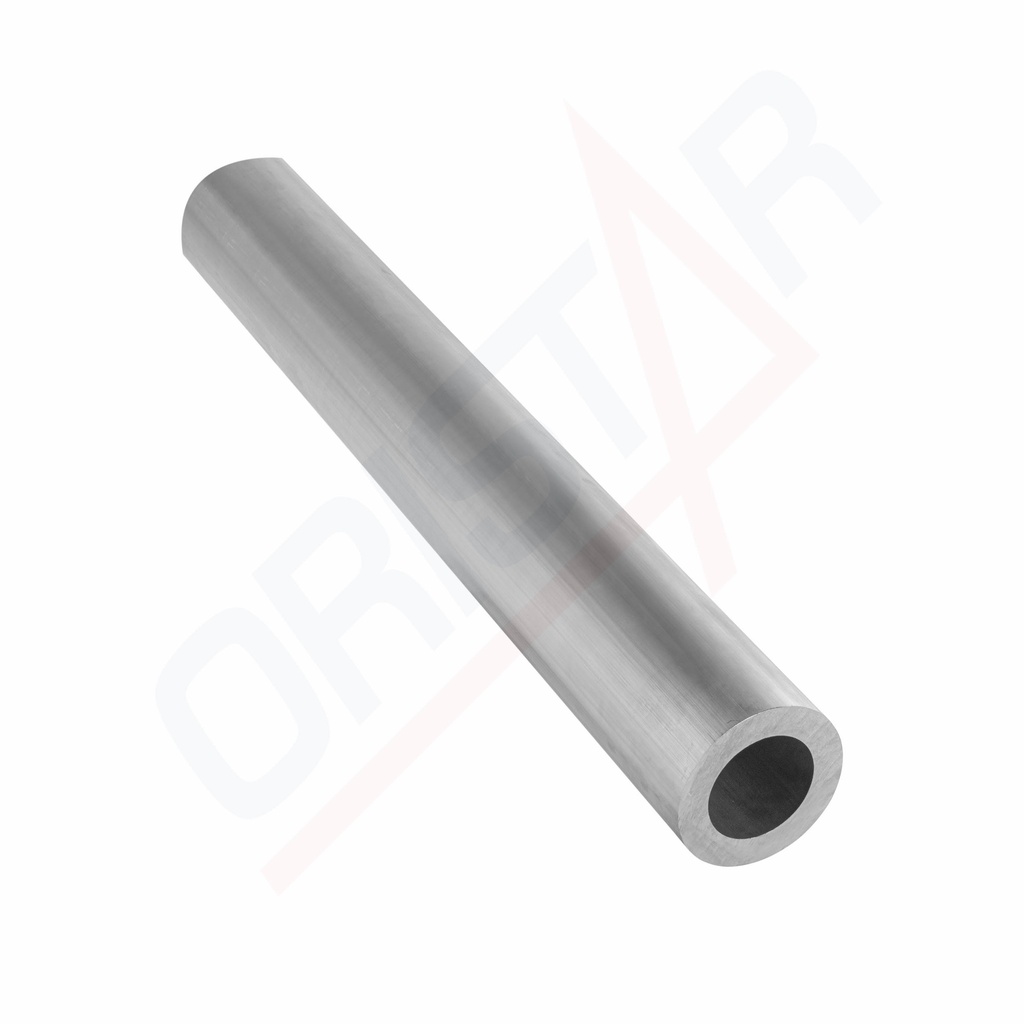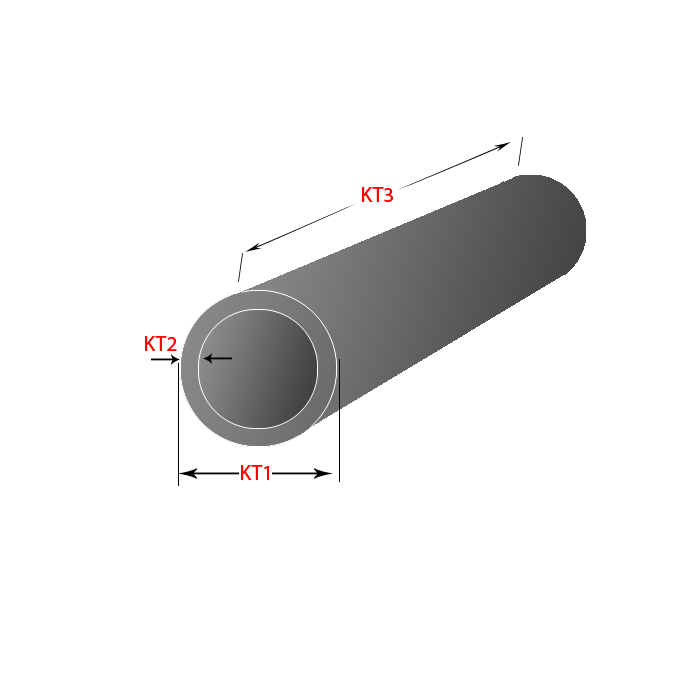THÔNG TIN CƠ BẢN
Aluminum Alloy A6063TD is an aluminum alloy from the 6000 series, known for its good mechanical properties, corrosion resistance, and ease of fabrication. This alloy is commonly used in applications that require structural strength, high durability, and flexibility in machining.
Key Characteristics of Aluminum Alloy A6063TD:
- Chemical Composition:
- A6063TD primarily consists of aluminum (Al) with key alloying elements being silicon (Si) (0.2-0.6%) and magnesium (Mg) (0.45-0.9%). Silicon and magnesium provide good mechanical properties and corrosion resistance.
- Physical Properties:
- Corrosion Resistance: A6063TD has good corrosion resistance, particularly in humid environments and harsh climate conditions.
- Mechanical Strength: Provides high tensile strength and hardness, making it suitable for structural applications.
- Ease of Machining: This alloy has good machinability, making it easy to process using methods such as cutting, bending, and welding.
- Applications:
- Construction: Used in building structures such as window frames, door frames, and supporting structures.
- Industrial Sector: Utilized in machinery components and industrial equipment requiring durability and corrosion resistance.
- Transportation Equipment: Applied in vehicle components, such as frame structures and support elements.
- Aerospace Industry: Used in aircraft components and aerospace equipment due to its lightweight and high strength.
- Shape and Size:
- Aluminum Alloy A6063TD can be supplied in forms such as sheets, bars, tubes, or custom products depending on specific application requirements.
Manufacturing and Processing:
- Aluminum Alloy A6063TD is typically produced through extrusion, rolling, and heat treatment processes to achieve the desired mechanical properties. Fabrication processes include cutting, bending, and welding to meet specific technical requirements.
(Source: Internet)
Key Characteristics of Aluminum Alloy A6063TD:
- Chemical Composition:
- A6063TD primarily consists of aluminum (Al) with key alloying elements being silicon (Si) (0.2-0.6%) and magnesium (Mg) (0.45-0.9%). Silicon and magnesium provide good mechanical properties and corrosion resistance.
- Physical Properties:
- Corrosion Resistance: A6063TD has good corrosion resistance, particularly in humid environments and harsh climate conditions.
- Mechanical Strength: Provides high tensile strength and hardness, making it suitable for structural applications.
- Ease of Machining: This alloy has good machinability, making it easy to process using methods such as cutting, bending, and welding.
- Applications:
- Construction: Used in building structures such as window frames, door frames, and supporting structures.
- Industrial Sector: Utilized in machinery components and industrial equipment requiring durability and corrosion resistance.
- Transportation Equipment: Applied in vehicle components, such as frame structures and support elements.
- Aerospace Industry: Used in aircraft components and aerospace equipment due to its lightweight and high strength.
- Shape and Size:
- Aluminum Alloy A6063TD can be supplied in forms such as sheets, bars, tubes, or custom products depending on specific application requirements.
Manufacturing and Processing:
- Aluminum Alloy A6063TD is typically produced through extrusion, rolling, and heat treatment processes to achieve the desired mechanical properties. Fabrication processes include cutting, bending, and welding to meet specific technical requirements.
(Source: Internet)



